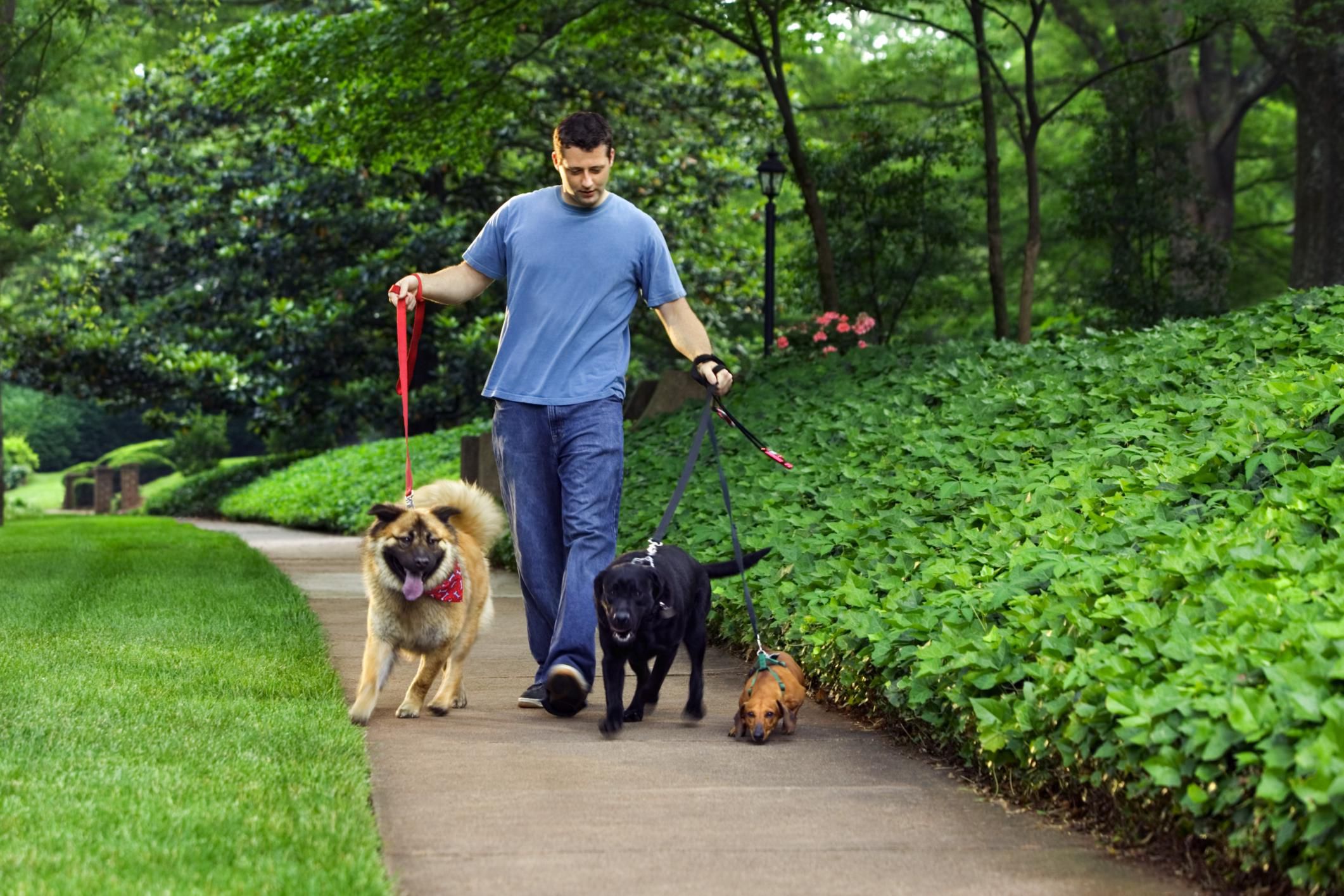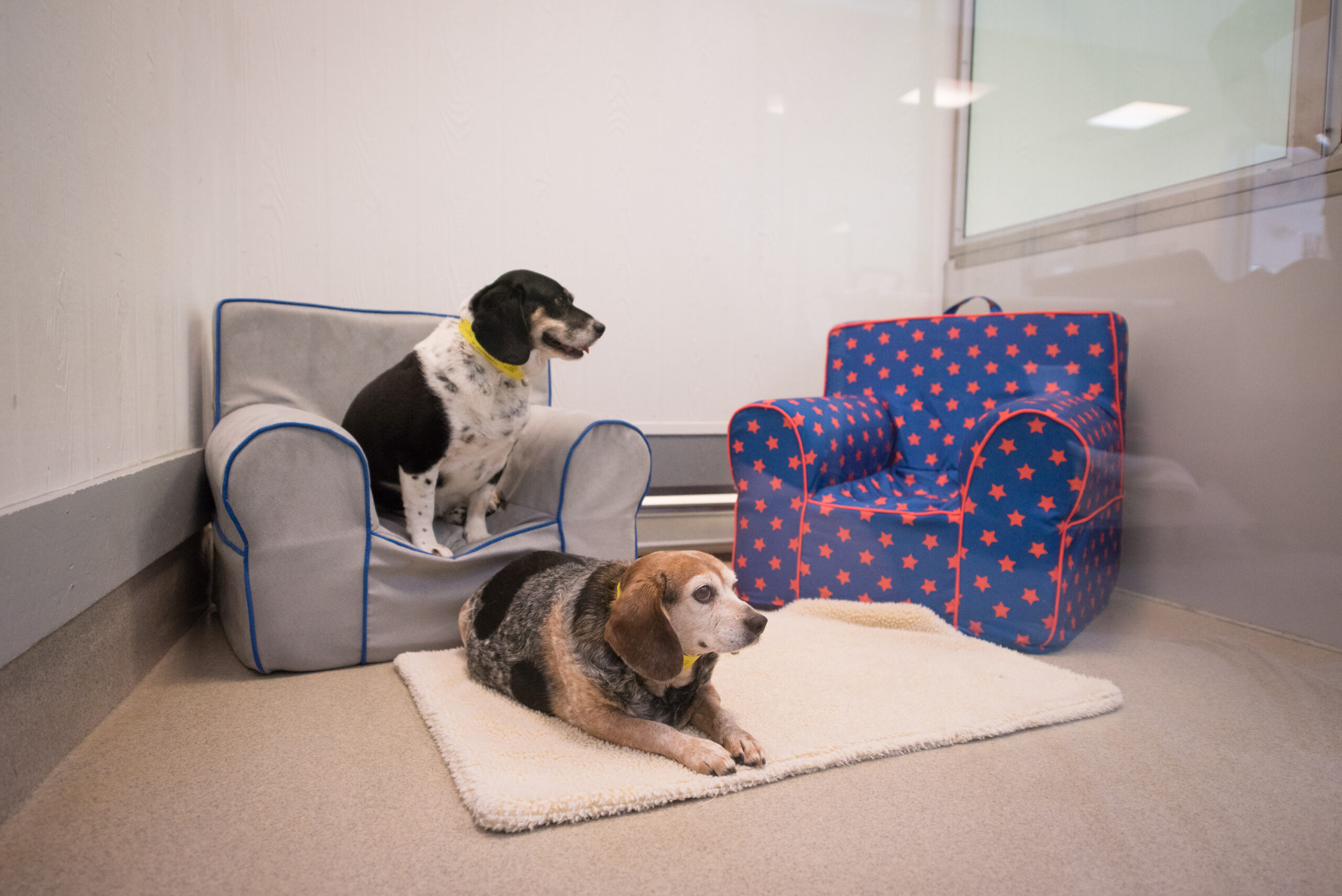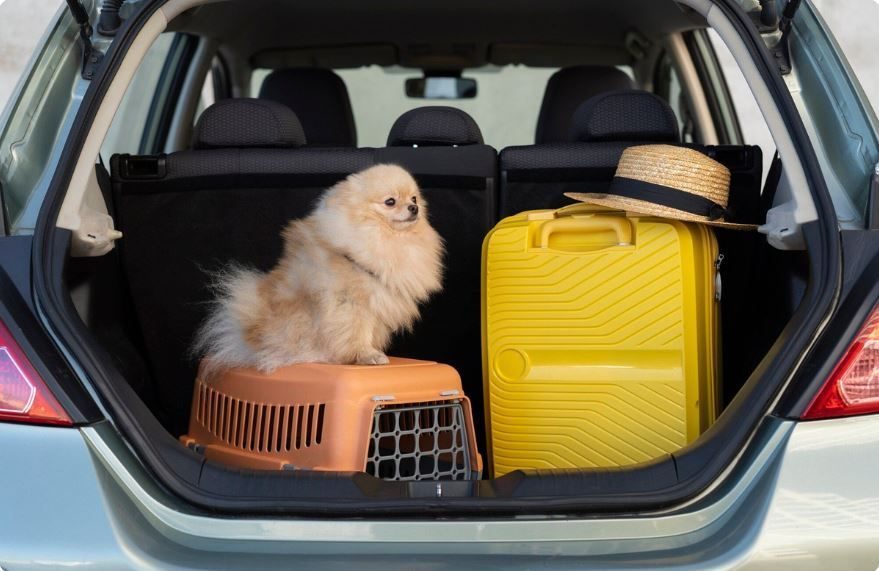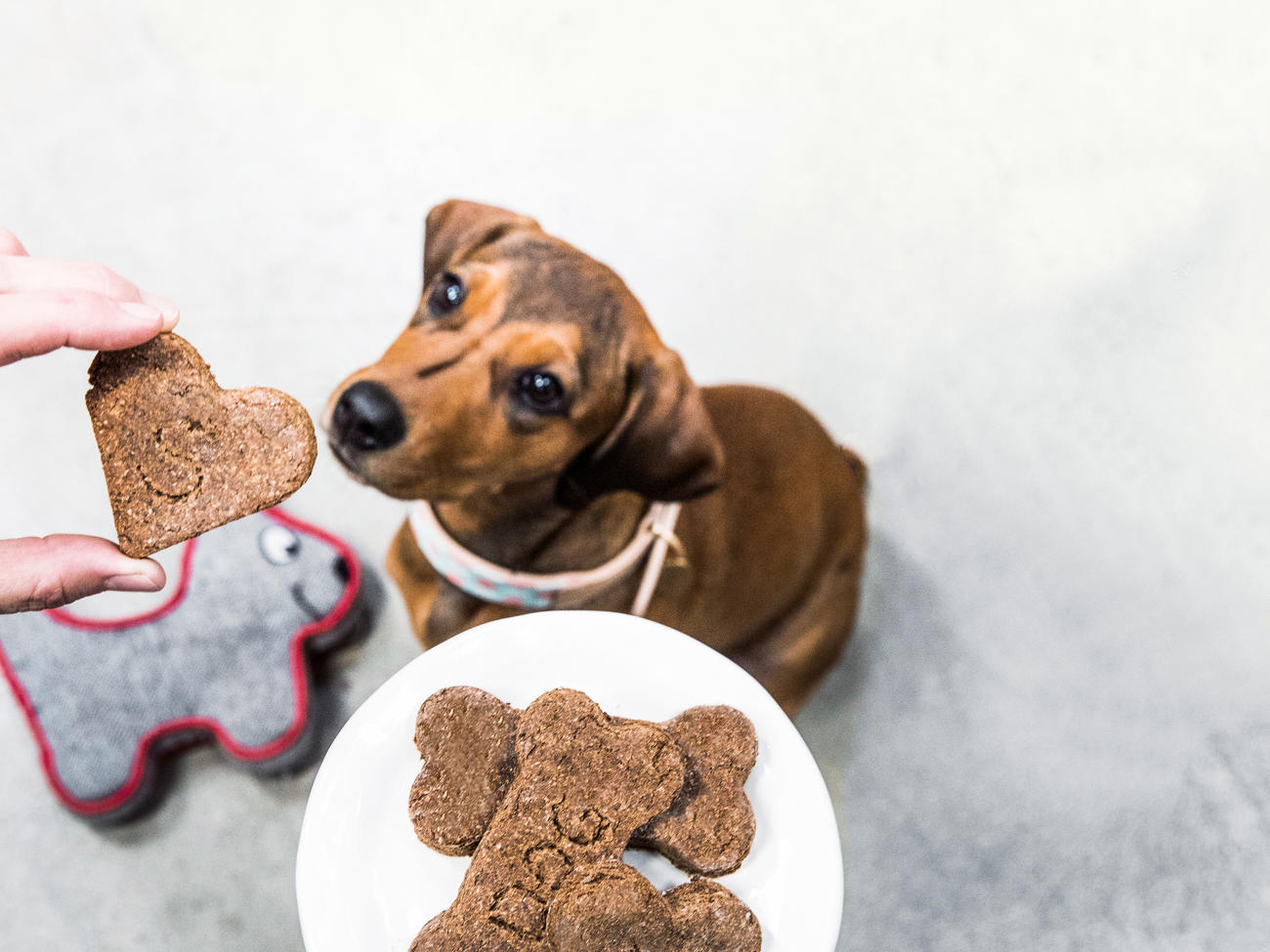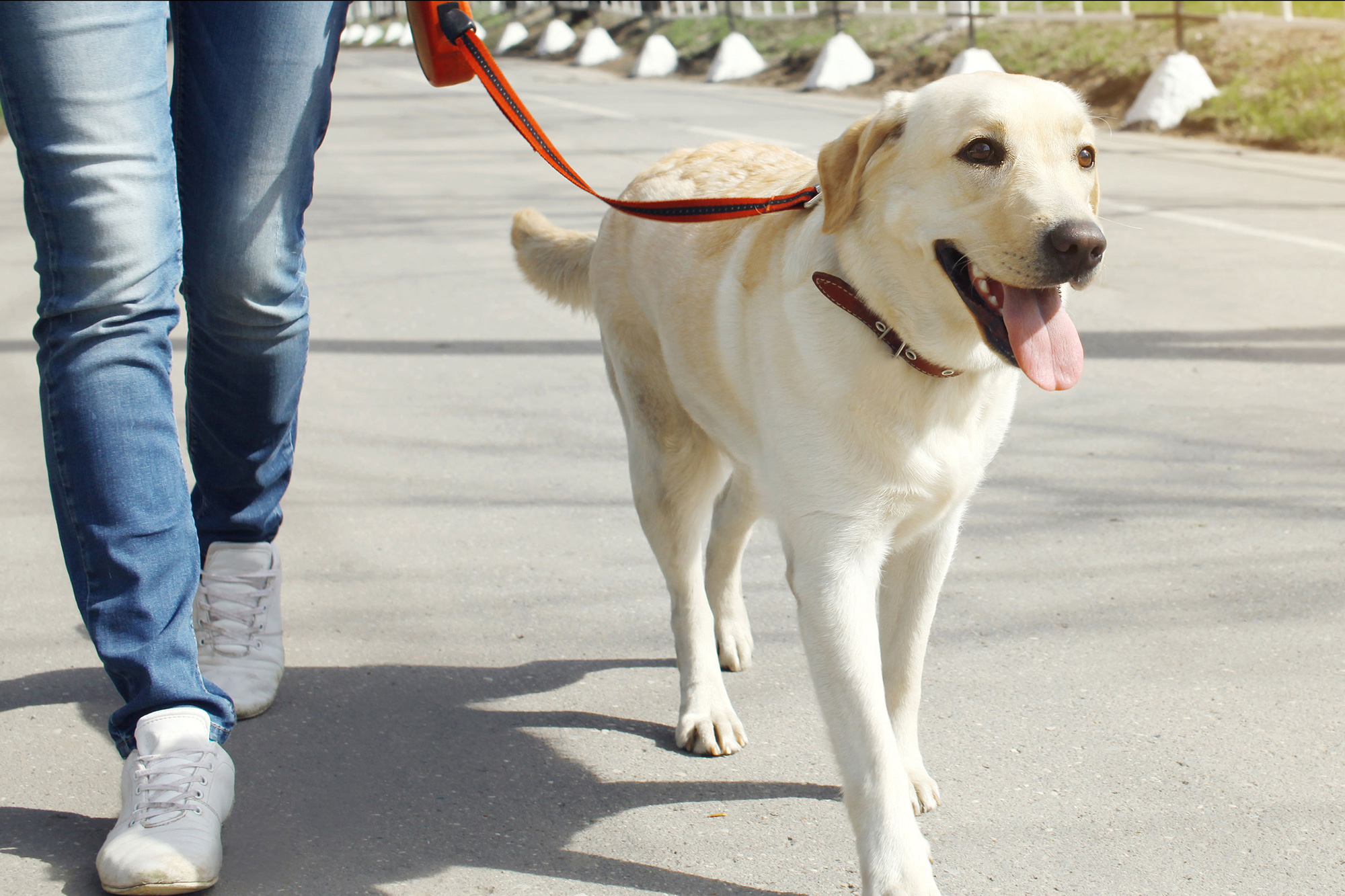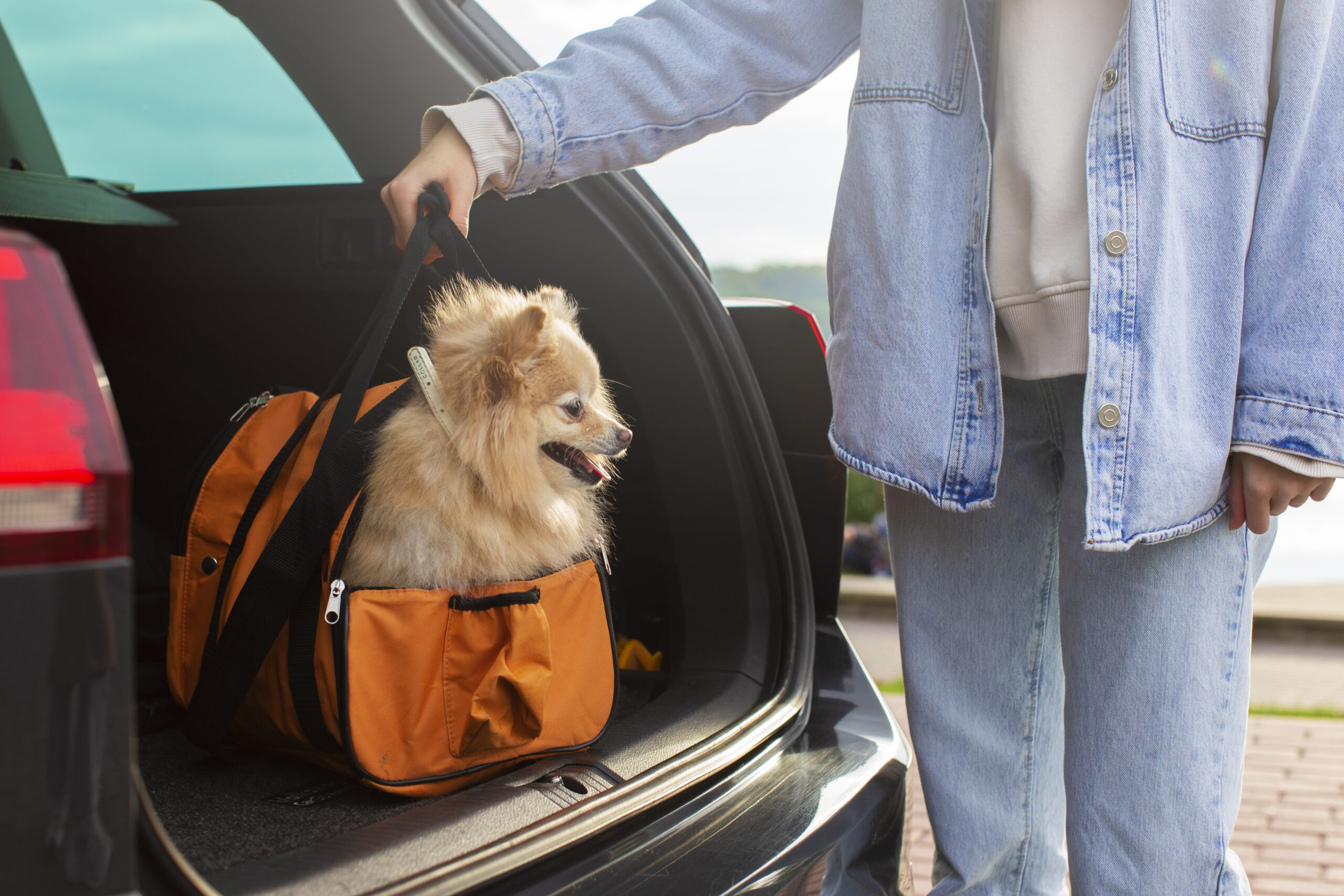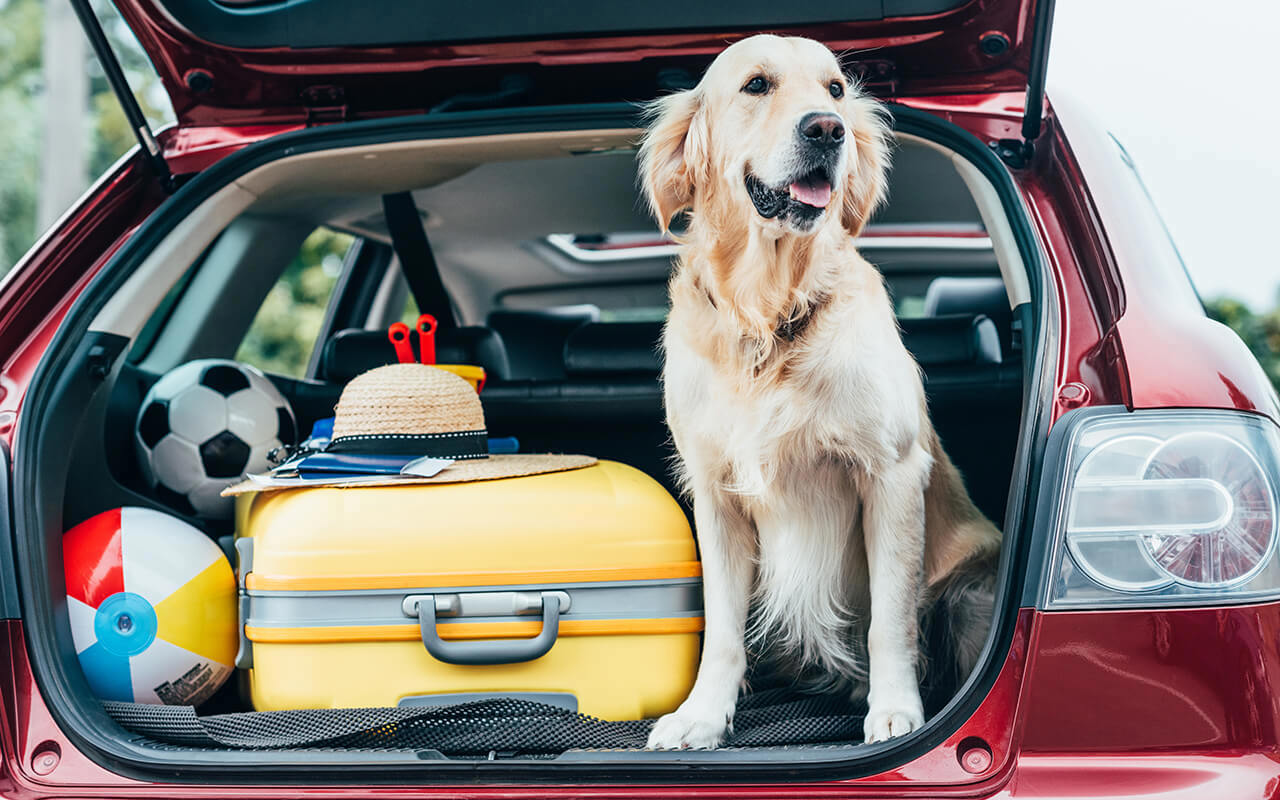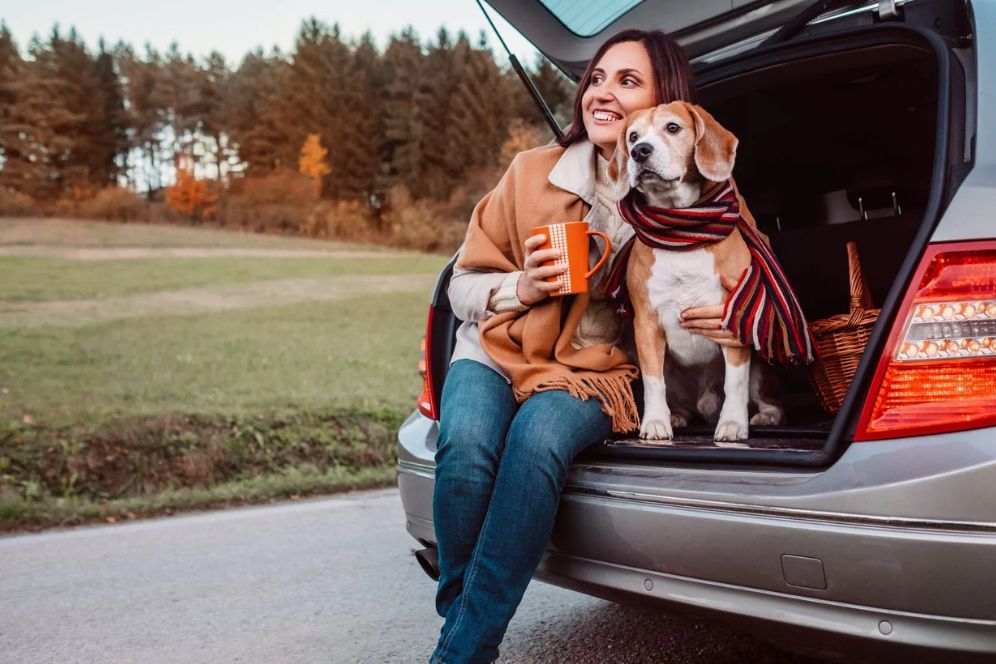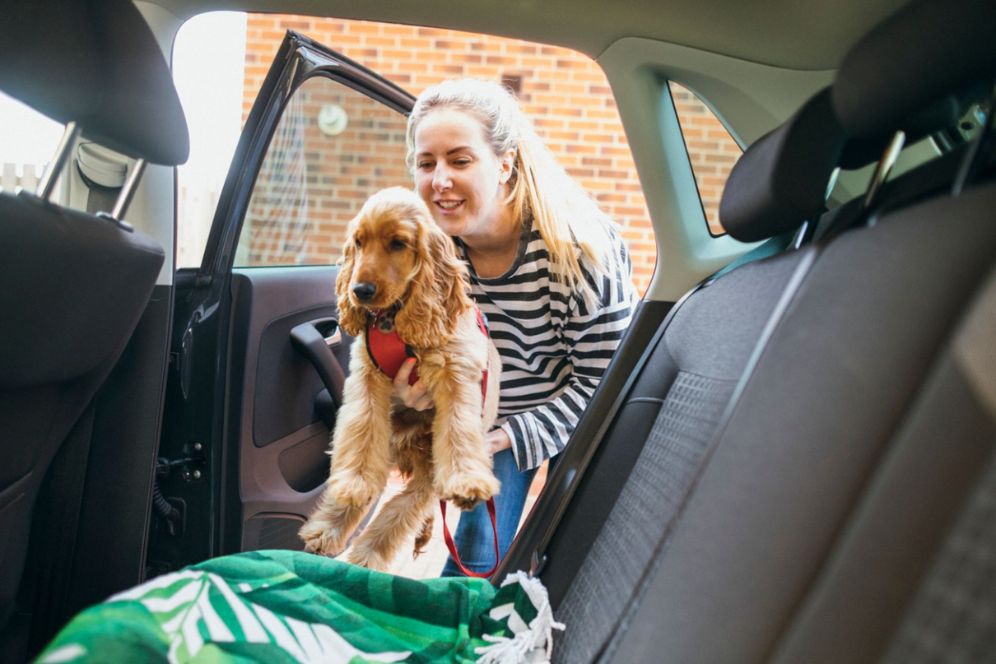For dogs, few things compare to the thrill of hearing their leash jingle. That familiar sound signals one of their favorite activities, pet walking. Whether it’s a short stroll around the block or a long adventure through the neighborhood, walking isn’t just about physical exercise. It’s an important part of their routine that supports mental stimulation, behavioral health, and emotional connection.
If you’re juggling a busy lifestyle and can’t always take your pet out, turning to a professional pet walking company in St. Petersburg, FL like PUP Mobile is a smart solution. Let’s explore why pet walking is truly the best part of your dog’s day and how you can make it even better for your furry friend.
The Real Benefits of Pet Walking
Every walk offers a combination of health, happiness, and discovery. Here’s why it matters so much:
-
Physical Exercise for a Healthy Life
Dogs of all breeds and sizes need regular activity to stay healthy. Walks help prevent obesity, improve cardiovascular health, and strengthen muscles and joints. Without it, dogs can quickly gain weight or develop stiffness and joint pain.
-
Mental Stimulation from the Outside World
Dogs are naturally curious creatures. A walk is like a mental workout, with new smells, sights, sounds, and interactions. They sniff trees, observe squirrels, or check out other dogs, which satisfies their natural instincts and reduces boredom.
-
Improved Behavior at Home
Pent-up energy can lead to behavioral issues like chewing, barking, and jumping. Regular pet walking reduces this excess energy, leaving your pet more relaxed and better behaved at home.
-
Socialization and Confidence Building
Interacting with people and other pets during walks can help dogs build confidence and learn proper social behavior. This is especially important for puppies and newly adopted pets.
How a Pet Walking Company Can Help
If you’re a busy professional, a parent juggling school runs, or simply not always available during the day, hiring a trusted pet walking company in St. Petersburg, FL can be a game-changer.
At PUP Mobile, we understand how crucial daily walks are to your dog’s health and happiness. Our trained and compassionate walkers treat every pup like their own. Here’s why more pet owners are choosing us:
- Flexible scheduling to suit your workday
- Trained walkers who understand canine behavior
- GPS-tracked walks and daily updates
- One-on-one attention or small group walks based on your dog’s needs
- Reliable, rain-or-shine service
Why Pet Walking is a Bonding Opportunity
Walking your dog is a shared experience that strengthens the human-animal bond. Dogs are pack animals, and they thrive on companionship and consistency. A daily walk is more than just time outside, it’s time together. It reinforces trust and builds a stronger emotional connection, especially when done consistently by the same person.
Even if you use a professional dog walker in St. Petersburg, having a familiar face walking your dog each time adds to their sense of routine and comfort. At PUP Mobile, we aim to assign a regular walker to ensure this bond forms and lasts.
Is Your Dog Getting Enough Walks?
Different breeds and ages require varying levels of exercise. Here are some signs your dog may need more walks:
- Destructive behavior like chewing furniture
- Restlessness or pacing indoors
- Weight gain despite a regular diet
- Excessive barking or whining
- Zoomies or bursts of energy indoors
If you notice any of these, adding a structured pet walking routine through a trusted local provider could dramatically improve your pet’s mood and behavior.
Finding the Right Pet Walking Service
Choosing the right walking service is crucial. Here’s what to consider when selecting a professional:
- Are they insured and trained in pet handling?
- Do they offer flexible, consistent walk times?
- Do they understand your dog’s specific needs (age, breed, health)?
- Are they well-reviewed and locally trusted?
With PUP Mobile, we don’t just walk pets, we care for them. We understand the importance of routine, safety, and compassionate attention. We’re proud to be known as one of the best pet transport and walking services in St. Petersburg, FL.
Conclusion
Pet walking is far more than a routine. It’s a joyful, enriching experience that contributes to your dog’s overall well-being. From physical health and mental stimulation to behavior and bonding, walks play a critical role in your pet’s daily life.
Whether you’re at work, out of town, or simply want to ensure your pet stays active and happy, relying on a trusted pet walking company in St. Petersburg, FL like PUP Mobile gives you peace of mind and gives your dog the best part of their day.
FAQs
- How often should my dog be walked?
Most dogs benefit from at least one 30-minute walk per day. High-energy breeds or young dogs may need two or more.
- Can I schedule pet walking with PUP Mobile while I’m at work?
Absolutely. We offer flexible mid-day walks tailored to your schedule and your pet’s routine.
- What if it’s raining or too hot in St. Petersburg?
Our trained walkers adapt to the weather. We shorten walks or use covered areas for safety and provide indoor play if needed.
- Are your pet walkers trained to handle reactive or anxious dogs?
Yes, our team is experienced in managing dogs of all temperaments. We’ll always follow your pet’s specific care instructions.
- Do I need to be home for the walk?
No. With key access or smart entry, we can safely pick up and return your pet even when you’re not home.
Ready to give your dog their favorite part of the day?
Let PUP Mobile be your trusted partner in keeping your pet active, happy, and healthy. Contact us today to schedule your first pet walking session in St. Petersburg, FL.

